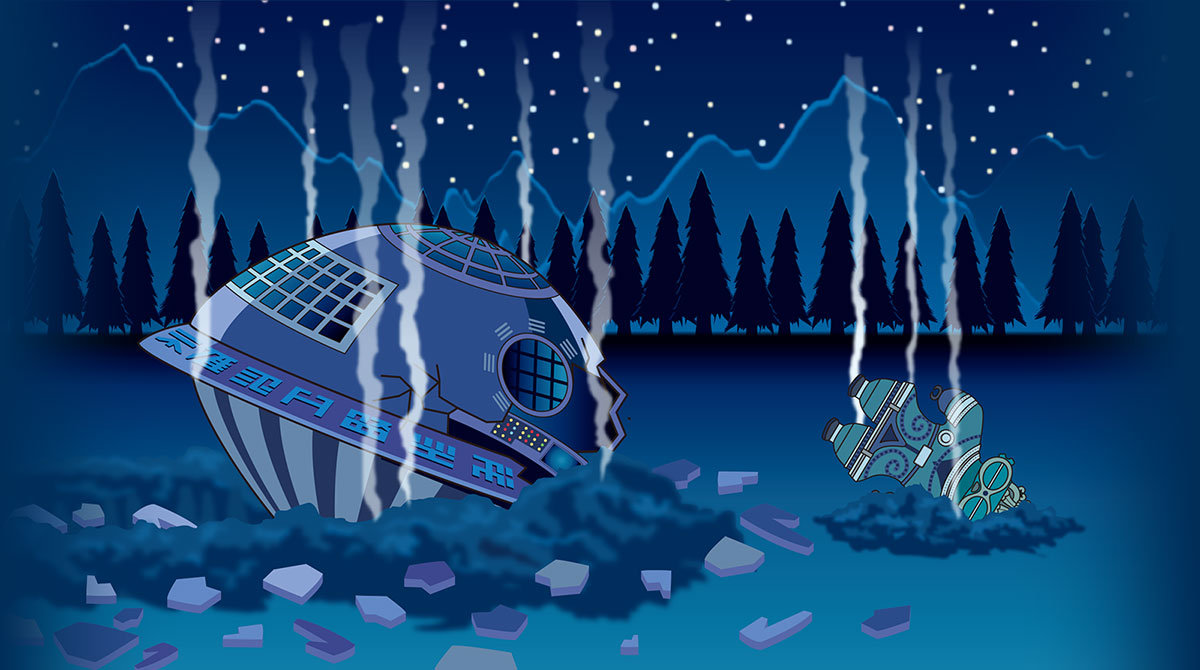
Liquid Staking / Decentralized Autonomous Organization
Liquid Staking / Decentralized Autonomous Organization
Liquid Staking Democracy / Architecture / Organization
The LS/DAO project is about top-notch fun-loving spirits of NIPPON*
having tons of fun in an epic playing field in NIPPON.
*NIPPON = Land of the Rising Sun (JAPAN)
Crash landing of an alien-like lifeform

Where the heck am I?
– Having so much free time until the spaceship-like thing is repaired (30 years in Earth years), the alien-like lifeform decided to go on a social studies field trip around the planet –
The alien-like lifeform dropped by a club and got hooked on the dance music that was playing. Looking at the creepy thing that was dancing there – a Homo sapiens of the family Hominidae, order Primates, class Mammalia – and intrigued by the ridiculous behavior that this human species had been doing on the planet throughout its history and curious as to why such an idiotic creature was at the top of the food chain on this planet (and of course, bored to death), the alien-like lifeform decided to investigate.
Though humans looked like hopeless fools, there was something rather fascinating about the music, items, food, and culture these oddities made, which worked up the alien-like lifeform to find out more about the matter.
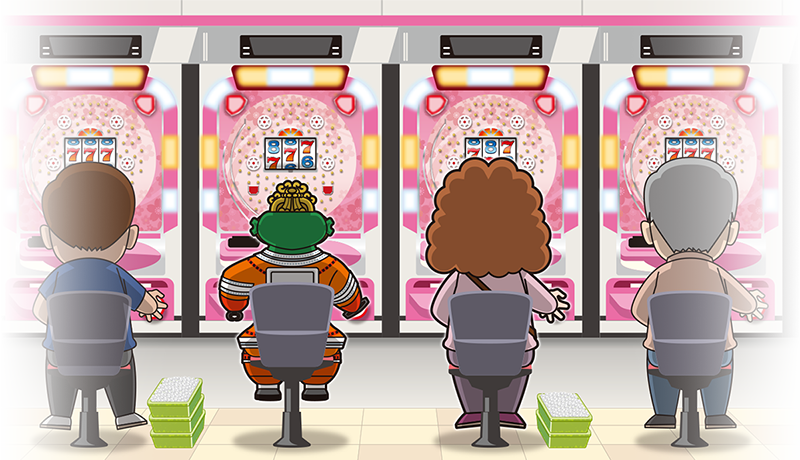
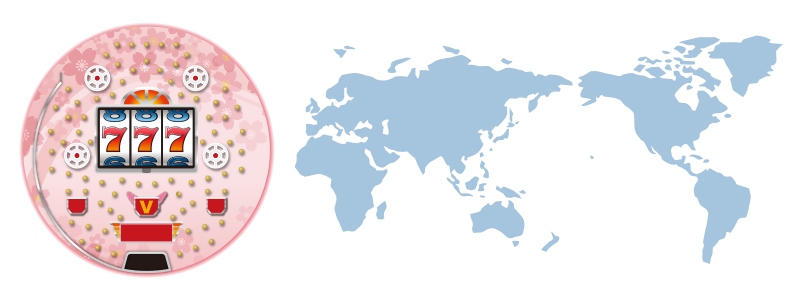
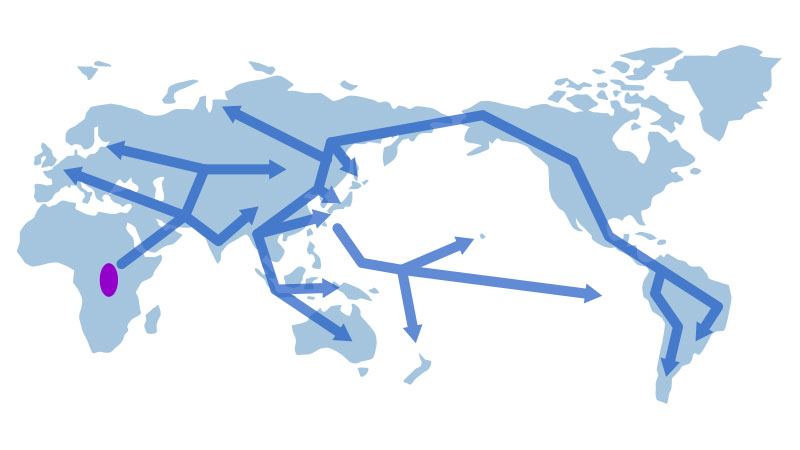
Humankind set off on their journey from Africa 50,000 years ago and arrived in Japan about 38,000 years ago.

If we rotate the path taken by mankind by 90 degrees
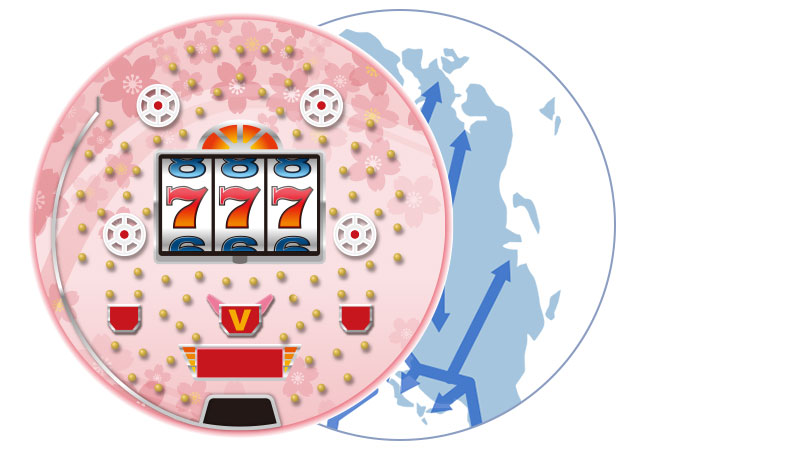
and overlap it with the pachinko machine,

the ball will be sucked into the islands of Japan.

Apparently, there were three migration routes to Japan
– the Hokkaido route (25,000 years ago), Tsushima route (38,000 years ago), and Okinawa route (35,000 years ago).
There is a game called “pachinko”, which seems to be a pastime unique to this country. It puts you in a strange trance-like state that is occasionally interrupted by a feeling of excitement. It is still a mystery why these creatures called “Japanese” who live here make and embrace such unproductive things. But I must confess that the culture, entertainment, nature, and food of the Japanese are indeed attractive, and I have become quite addicted to them.
Japan is seductively fun. These people must be hedonists or something.

Culture and other things traveled through various countries and lands and were mixed here and developed into their unique state of being, says the obachan.
And that’s how I decided to investigate the history and circumstances of this distinct culture as I spend the next few years with the humans of this country and carefully observe the Homo sapiens Hominidae and their culture.
I first scanned the past culture from the history of Japan and sent the data to my planet for further investigation.
But there was just one hitch. My planet in Nebula M78 is 300 light years away. (It takes an awful lot of time to send huge amounts of data!) Even Zip files won’t do the job.
So, although slightly illegal under space law, I decided to teach one of our technologies called blockchain technology to the residents of this planet. Under this country’s human name, Satoshi Nakamojii, I let a dissertation slip right onto the Internet.

The first NFT was produced for the history of Japanese design,
divided into the following 10 categories (approximately 3,000 NFTs produced in all).
- Yayoi/Kofun Period: Patterns from another world
(First centralization of the Japanese archipelago, symbolized by the great king and simultaneous generation of wealth → decorations = generation of design) - Asuka/Nara Period I: Honeysuckle arabesque journey
(Fusion and development of architecture and Buddhist statues with the advent of religion/Buddhism and accompanying designs such as arabesque patterns) - Asuka/Nara Period II: Patterns adorning Tenpyo
(Sublimation from imitation to original, emergence of designers, influx of cultures other than Tang: rich colors, quality) - Heian Period I: Esoteric Buddhist art decorations
(Decentralization, from state Buddhism to private esoteric Buddhism, attainment of Buddhahood during life to the emergence of mandala, mountain and nature designs) - Heian Period II: Japanese sensibility and elegant patterns
(Emergence of graphic design, song/paper/hiragana characters, Japanese patterns, layered colors) - Kamakura Period: Rise of the samurai and decoration of new buildings
(Minimal architecture due to war and the rise of samurai families, structural beauty/functional beauty, emergence of samurai family crests) - Muromachi Period: Muromachi aesthetics
(Tea ceremony, art, garden, emergence of Japanese aesthetics, development of patterns, concept of borrowed scenery) - Azuchi-Momoyama Period: Golden Age and Momoyama mode
(Development of samurai design, formation of artisan groups such as the Kano school → development of quality and quantity, wabicha tea ceremony style) - Early Edo Period: Period of Kamigata culture
(Popularization of design, prosperity of artists/designers such as the Rimpa school, making patterns/crests graphic) - Mid Edo Period: Great Edo Culture Hanazakari full bloom
(Townspeople Culture, Edo style: stripes/lattice patterns, komon fine patterns, fashionable colors of Edo kabuki, patterns and fashion of kabuki actors)
After that, we plan to form a DAO and travel in the opposite direction following the trajectory of humankind and culture (five years from now).
Theme of the Trip
[Theme: Centralized and Decentralized]
Ancient Greece of 8th century BC is the well-known origin of the Western world for its abolition of monarchy and development of a highly democratic government in Athens. Appearing on the historical stage after Greece, Ancient Roman politics transitioned to a monarch-free system (a republic) at the end of 6th century BC and continued for about 500 years. The Greek city-state, which was more decentralized and democratic, ended up lasting only about 50 years.
This is a trip to explore why this happened.

[Story: Centralized and Decentralized]
This is a trip to explore the culture and experiment and hang out with the residents of the planet.
– Along with history and culture, we also want to investigate human primates, which are still a bit creepy but nonetheless fascinating. –
To get to know these beings better, we decided to create a DAO (Decentralized Autonomous Organization) using blockchain technology. Called LS/DAO, our DAO platform provides an exciting environment for everyone to hang out, connect, explore, create, and travel. First, we need to create an exciting community for everyone to come together, have fun, and create things.


